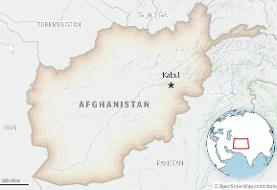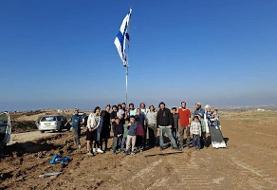In celebration of the Arthur M. Sackler Gallery's twenty-fifth anniversary, the Freer and Sackler's extraordinary collection of luxury metalwork from ancient Iran goes on view in the walkway between the two museums. Considered one of the largest and finest holdings of its kind, the collection comprises works dating from the first millennium BCE, beginning with the rule of the Achaemenid kings (550–330 BCE), to the early Islamic period. The installation explores the meaning behind these objects' overarching artistic and technical characteristics.
Ancient Iranian metalwork was created in an area extending from the eastern shores of the Mediterranean Sea to present-day Afghanistan. Favored with an abundance of natural resources, the region became known for its highly sophisticated metalworking, especially in gold and silver. Works ranging in shape from deep bowls and footed plates to elaborate drinking vessels ending in animal forms, which were known in Greek as rython, are largely associated with court ceremonies and rituals. Others, decorated with such royal imagery as hunting or enthronement scenes, were probably intended as gifts to foreign and local dignitaries. Depictions of kings and their royal attributes and pastimes helped define the power and identity of ancient Iranian royalty, whose rule continued well after the arrival of Islam in the seventh century.
Contact the organizer for latest event info. Kodoom.com is not responsible for any changes made in the above information. Report or Flag this event






















































